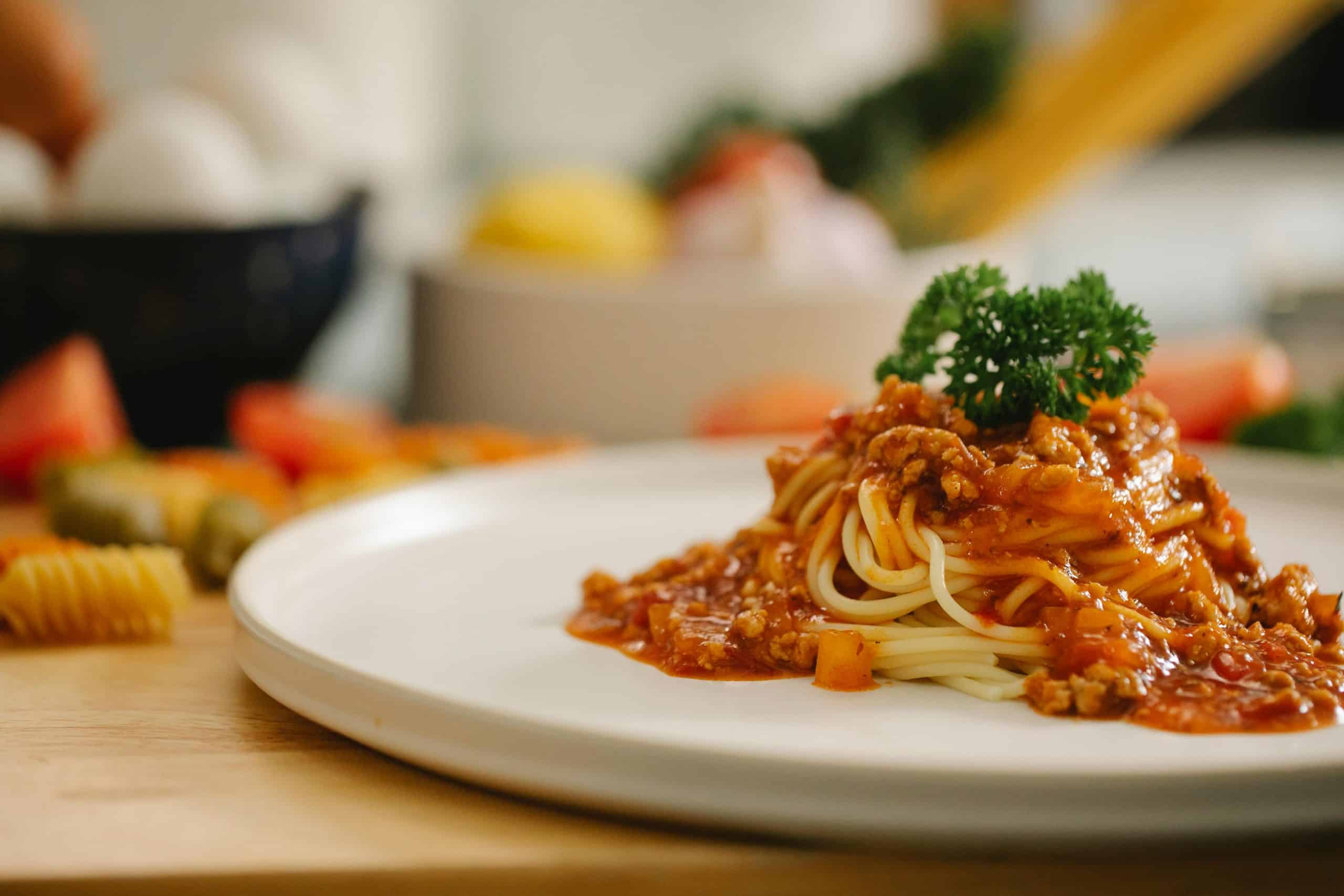If you have been exploring the world of Italian cuisine, you’ve likely come across the exquisite dish called Saltimbocca. It is a culinary masterpiece that combines the tender meat of chicken or veal with salty prosciutto and aromatic sage, all pan-fried to perfection. This dish, originating from Rome, is a popular choice in many Italian restaurants worldwide, but guess what? You can prepare it in your own kitchen! We will guide you through the process and share some tips and tricks to master this recipe. So, put on your apron, sharpen your chef’s knife, and let’s dive into the world of Italian cooking.
The Importance of High-Quality Ingredients
The magic of Italian cuisine lies in the quality of the ingredients. Whether it’s the ripest tomatoes in a pasta sauce or the freshest basil in a Caprese salad, Italian recipes demand the very best. The same applies to Saltimbocca.
Also to discover : What’s the Best Way to Prepare a Delicate Ceviche with Fresh Citrus?
There are only a handful of ingredients in this dish: chicken or veal cutlets, prosciutto, sage, white wine, and butter. However, every one of them plays a critical role in developing the flavors. Therefore, it’s crucial to choose carefully. Opt for free-range chicken or organic veal cutlets as the meat. For the prosciutto, go for a high-quality, Italian-made one if feasible. Fresh sage should have a potent and earthy aroma. Finally, a dry and crisp white wine and unsalted high-quality butter will do wonders for your sauce.
Preparing the Meat for Saltimbocca
The centerpiece of the Saltimbocca dish is the meat. Whether you choose chicken or veal, this recipe requires thin cutlets. Your butcher may be able to cut them for you. If not, you can do it yourself at home. Place the meat on a chopping board and slice it horizontally into thin pieces, about a quarter-inch thick. After this, you add a layer of prosciutto and a leaf or two of sage. Secure these layers with a toothpick. This assembly forms the base of the Saltimbocca, ready to be pan-seared to perfection.
In parallel : Can You Bake Gourmet Lemon Scones with Clotted Cream and Jam?
Mastering the Cooking Process
After your meat is prepared, it’s time to master the cooking process. This is where the dish starts coming together. Heat a heavy-based pan over medium heat and add a touch of butter. When the butter has melted and started to foam, add your meat. Cook for about two minutes on each side, or until golden brown. This process locks in the flavors of the prosciutto and sage, whilst ensuring the meat is cooked perfectly.
After the meat is cooked, it’s time to remove it from the pan and get started on the sauce. Add a generous splash of white wine to your pan, using a wooden spoon to scrape any residue from the bottom. This is known as deglazing. Allow the wine to reduce by half, then add in some more butter and let it melt into a rich and indulgent sauce.
Serving the Saltimbocca
After the sauce is ready, it’s time to serve your dish. Remove the toothpick from each cutlet and place the meat on a serving plate. Pour over your butter and wine sauce, ensuring each cutlet is generously covered.
Traditionally, Saltimbocca is served with a simple side dish. Buttered pasta, steamed green beans, or a light salad are all excellent choices. The goal is to have a side that complements but does not overpower the main event.
Experimenting with the Saltimbocca Recipe
Once you’ve mastered the traditional Saltimbocca recipe, don’t be afraid to experiment. Italian cuisine is all about using what’s fresh and available. You can replace veal or chicken with pork or even fish. You might want to try different herbs instead of sage. Thyme or rosemary could introduce a new flavor profile to the dish.
Remember that cooking is an art, and the recipe is your canvas. So feel free to add your unique stroke.
Enjoy the process of mastering the Saltimbocca, delight in the harmonious fusion of flavors, and take pride as you present this traditional Italian dish to your family or guests. Cooking is all about the journey, and this one promises to be a fulfilling one.
Advancing Your Skills: Saltimbocca alla Romana Variation
Once you have a firm grasp on the traditional Saltimbocca recipe, you may wish to challenge yourself with a more advanced variation from Rome, often referred to as Saltimbocca alla Romana. This version of the dish involves a slightly different technique and a few additional ingredients: olive oil, chicken breasts, and a slice of prosciutto for each breast.
To begin, season your chicken breasts with salt and pepper and place a fresh sage leaf on top of each one. Then, lay a slice of prosciutto over the sage, covering the chicken breast. Secure it with a toothpick. Heat some olive oil in a pan and, when it’s hot, add your chicken breasts, prosciutto side down. Cook for about 3-4 minutes on each side, or until the chicken is cooked through and the prosciutto is crispy.
The pan sauce for this variation is prepared similarly to the traditional recipe, but with the addition of chicken broth. After removing the cooked chicken from the pan, deglaze it with white wine, scraping the bottom to release any stuck bits. Let the wine reduce, then add chicken broth and let it simmer until it has thickened into a flavorful pan sauce. Finally, finish the sauce with a pat of butter, melting it in the simmering liquid.
Conclusion: The Joy of Mastering Saltimbocca
Mastering the technique of Italian Saltimbocca, whether you opt for the traditional recipe or the Roman variation, is a culinary triumph. The combination of tender veal or chicken, salty prosciutto, aromatic sage, and a rich buttery sauce is a testament to the timeless beauty of Italian cuisine.
Delight in the process, from selecting quality ingredients to carefully layering the meat, prosciutto, and sage. Take pleasure in the sizzle of the pan as you cook your saltimbocca to golden-brown perfection. Savor the final step of creating a sumptuous pan sauce, with the white wine reducing to intensify its flavor before you swirl in butter for a rich finish.
This journey, from novice to the master of saltimbocca, is one to be cherished. So, continue to hone your skills and don’t be afraid to experiment. Whether you stick to the original saltimbocca recipe or embrace the Saltimbocca alla Romana, remember: the beauty of cooking lies not in the final result alone, but also in the joy of the process. As you serve up your dish, finished with a drizzle of pan sauce, you can take pride in your accomplishment. You’ve not only created a delicious, restaurant-worthy Italian dish but also embarked on a journey of culinary discovery and mastery.











